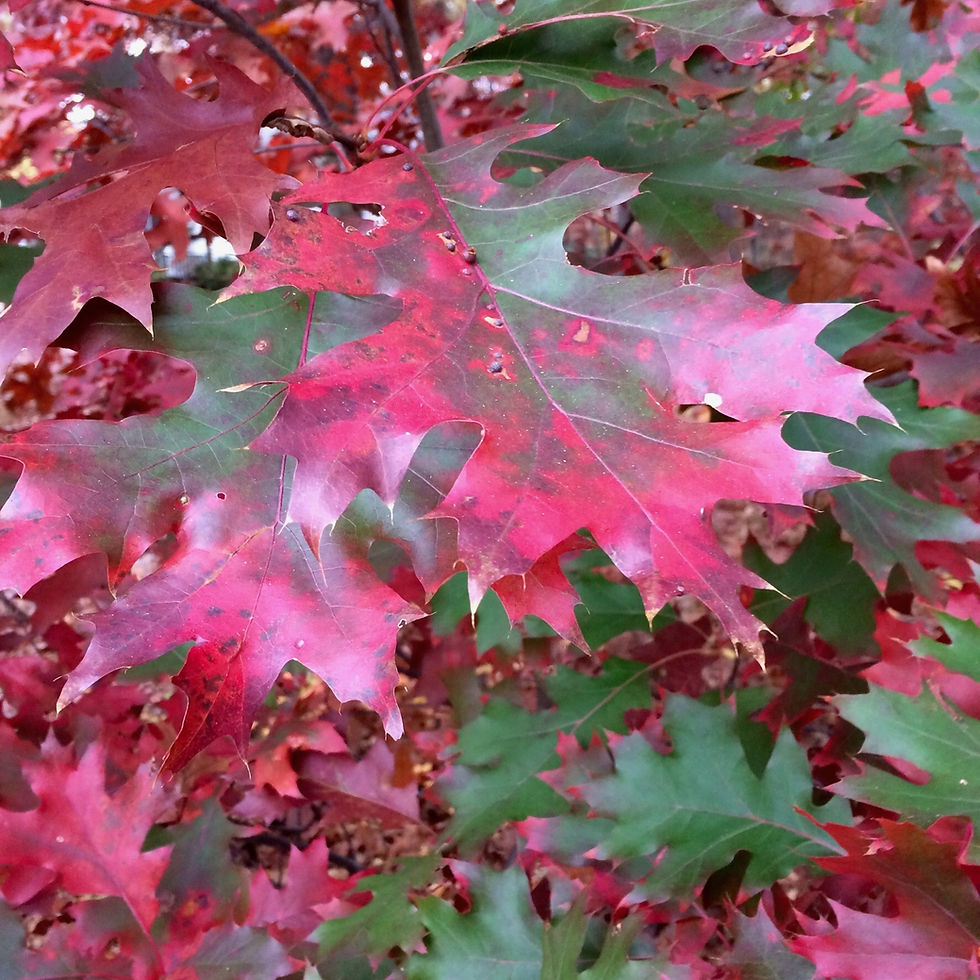Native Plant of the Week: Silky Dogwood
- Kimberly Simmen
- Mar 10, 2024
- 2 min read
Family: Cornaceae
Name: Cornus amomum
Bloom Time: May-June
Flower: Creamy white
Fruiting Time: August-September
Fruit: Blue
Soil Condition: Medium, wet
Light: Sun, partial shade, shade
Size: 6-10' tall by 6-10' wide
Native Range: Central and eastern United States including Long Island
Zone: 5-8
Photo Credits: flowers: Kent McFarland CC BY-NC 2.0, berries: Dan Mullan CC BY-NC-SA 2.0
An underutilized small shrub that makes a great hedge. Its natural habit is along ponds, bogs, and streams but it is also lovely in a woodland setting where it is allowed to grow in its natural suckering habit. Stiff hairs are found on both sides of the leaves and the young twigs. I have a few of these in my yard and they are doing well in different soil conditions from dry to moist. It is a great addition to a pollinator garden or even as a stand-alone specimen. Fall colors include yellow, red, orange, and purple. It has nice winter interest as the twigs are reddish purple and the bark is smooth gray.
Maintenance: 2-4" of mulch is recommended to keep the roots cool and moist in the heat of summer. Remove suckers to control spread. As noted above, it may be used as a hedge. Prune immediately after flowering to control height.
Benefits: Black walnut tolerant. Clay tolerant. Small mammals and birds relish the fruit. Host plant to spring and summer azure butterflies. Nectar source. Attracts butterflies and specialized bees. Great rain garden shrub. If left to grow naturally it serves as a great cover/habitat/nesting site for wildlife.
Fun Facts: Native Americans used the bark as tobacco.
Companion Plants: Aronia melanocarpa (black chokeberry), Arisaema triphyllum (jack-in-the-pulpit), Caltha palustris (marsh marigold), Salix discolor (pussy willow)
=============================================================
References:















Comments